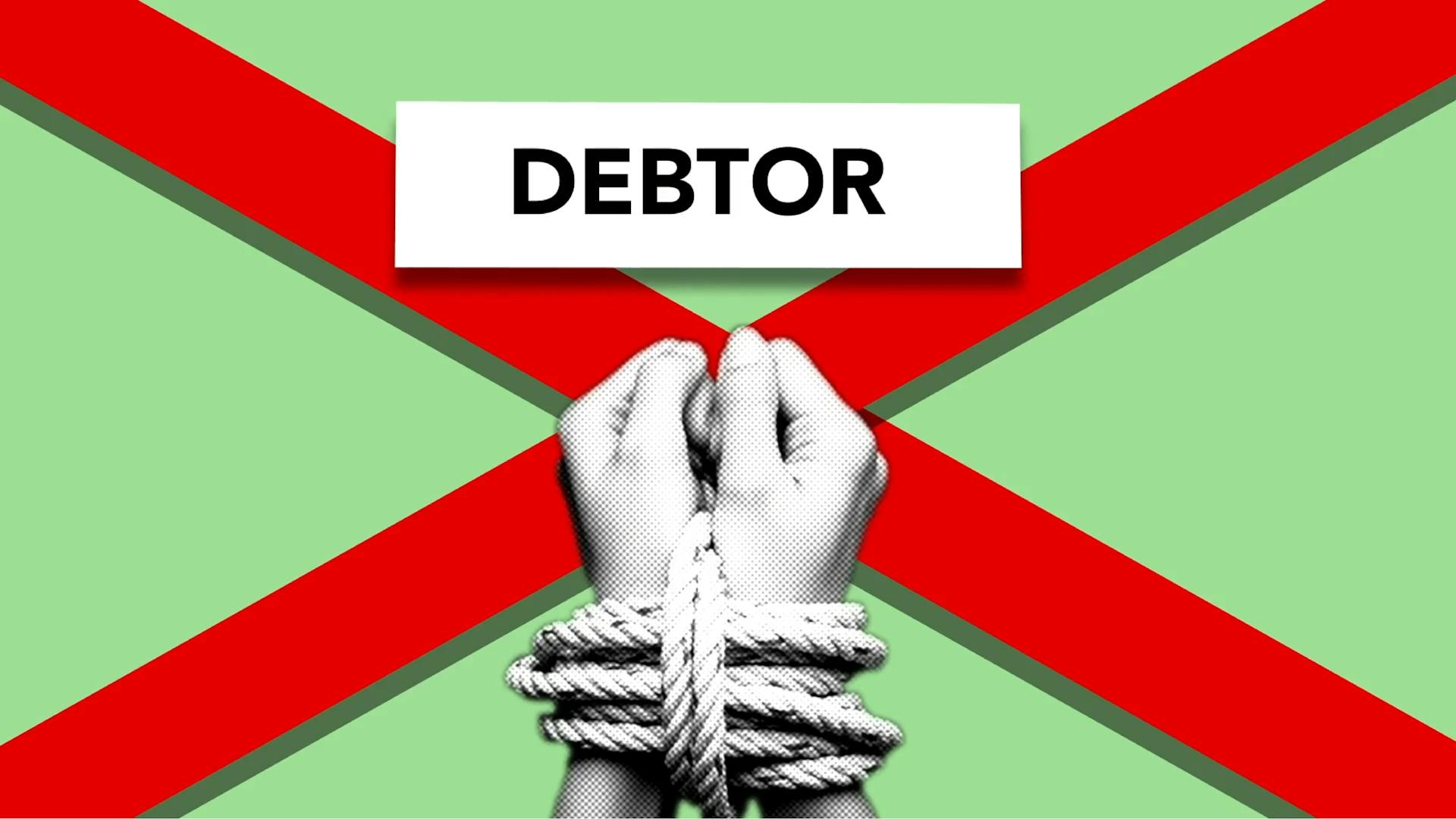
Bad debt protection is a crucial aspect of business management, and there are several solutions available to help mitigate the risk of bad debt.
One effective solution is to implement a credit check process before extending credit to new customers. This can help identify potential risks and prevent bad debt from occurring in the first place.
Businesses can also consider using a debt collection agency to recover outstanding debts. According to a study, debt collection agencies can recover up to 80% of outstanding debts, making them a valuable resource for businesses.
Having a clear and concise credit policy in place can also help prevent bad debt. This includes clearly outlining payment terms and conditions, as well as communicating these terms to customers.
Regularly reviewing and updating your credit policy can also help prevent bad debt. This can help identify any changes in customer behavior or economic conditions that may impact your business's ability to collect debts.
Check this out: Do Debt Collectors Have to Identify Themselves
What Is Bad Debt Protection?
Bad debt protection is a mechanism that allows companies to cover themselves against the possibility of invoices not being settled by their customer base. This can be a huge relief for business owners who want to avoid the stress and financial impact of non-payment.
Clearly, this safeguarding gives business owners peace of mind if a customer doesn't pay their bills, whether that's due to insolvency or failure to pay within the agreed credit period.
In most cases, organisations will be able to use their insurance policy to claim up to 90% of the value lost through unpaid invoices. This can be a significant amount of money, especially for small businesses.
Bad debt protection can be tailored to encompass different risks, from work in progress to binding contracts. This means you can choose the level of protection that suits your business needs.
Non-payment of invoices can have serious cashflow implications for businesses. This can affect relationships with suppliers and other creditors, and even put a business at risk of insolvency.
Additional reading: Collection Agency Payment Plan
Here are some benefits of having bad debt protection in place:
- It's potentially easier to secure trade finance: Lenders are often happier to provide trade finance, and on better terms, if a business has this cover.
- Protects cashflow: Clearly, being able to collect the funds you are owed is a big help in staying on top of cashflow.
- Better trading terms with suppliers: Suppliers who know you have taken these steps to protect your business are more likely to want to negotiate improved terms.
Business Importance
Extending credit to customers is essential for business growth, but it carries inherent risks. Mitigate financial losses by having credit insurance that covers unpaid debts.
With credit insurance, you can confidently extend credit to new customers, knowing your financial risk is minimized. This allows for a more efficient credit management process.
Credit insurance ensures unpaid invoices do not disrupt your cash flow, keeping your business financially stable.
Here are the strategic advantages of credit insurance:
- Protects your financial assets
- Empowers you to make informed decisions
- Manages risks effectively
- Seizes growth opportunities
Key Benefits and Solutions
Bad debt protection is a vital solution for businesses that want to manage credit risk while maintaining liquidity. It provides fast funding and quick access to working capital to support growth.
Businesses can confidently offer credit terms to customers, knowing that their business is protected against potential losses. This is achieved through credit insurance, which safeguards against customer defaults and other financial risks.
Here are the key benefits of bad debt protection:
- Immediate Cash Flow
- Flexible Financing
- Non-Debt Financing
By partnering with an experienced independent funder, businesses can access tailored financing solutions and expert guidance on credit management. This approach enhances cash flow while effectively mitigating risks associated with customer defaults.
Implementing bad debt protection measures and utilizing trade credit insurance offers several key advantages for companies. These include financial stability, streamlined accounting processes, improved cash flow, enhanced risk management, and increased confidence in both customers and business partners.
With bad debt protection, businesses can reduce the amount of capital tied up in bad debt reserves, freeing up resources for other business needs. This is achieved through credit insurance, which provides protection against customer defaults and other financial risks.
A strategic partner like credit insurance is essential in the competitive business landscape. It protects financial assets, empowers businesses to make informed decisions, manages risks effectively, and helps seize growth opportunities.
By understanding how credit insurance works, businesses can confidently extend credit to new customers, knowing their financial risk is minimized. This is achieved through an assessment of the customer's creditworthiness, policy issuance, monitoring, claim filing, and compensation for unpaid invoices.
A fresh viewpoint: Business Protection Insurance
Here's a breakdown of how credit insurance works:
- Assessment: The insurer assesses your customers' credit risk
- Policy Issuance: A policy is issued detailing the coverage limits and terms
- Monitoring: The insurer continuously monitors the financial health of your customers
- Claim Filing: If a customer defaults, you file a claim with the insurer
- Compensation: The insurer compensates you for the unpaid invoice, less any deductible
Providers and Services
Credit insurance providers like ARI Global and FreightAmigo's partner, the Hong Kong Export Credit Insurance Corporation (HKECIC), offer tailored solutions to help businesses manage their credit risk.
These providers offer customizable policies that can cover up to 90% of debts, as seen with HKECIC's credit insurance policies.
Credit insurance can be used to mitigate losses and minimize the impact of unpaid invoices. By setting credit limits and adjusting requirements for credit extension, businesses can effectively manage their credit risk.
Credit insurance providers offer expert support to help businesses navigate complex financial risks. At ARI Global, you'll have access to credit risk management experts who can guide you through the process.
Here are some key features of credit insurance policies:
- Customizable Policies: Tailored to the specific needs of your business, ensuring optimal coverage
- Global Reach: Coverage for domestic and international trade, providing comprehensive protection
- Expert Support: Access to credit risk management experts who can help you navigate complex financial risks
By having trade credit insurance in place, businesses can transfer some of the risk associated with bad debts to the insurer, providing added protection against financial losses.
Managing Customer Relationships
Managing customer relationships effectively is crucial to minimizing bad debt expense. Companies can set credit limits for customers based on their creditworthiness, industry trends, and geographic considerations.
By tightening credit terms for customers in financially struggling industries or areas, companies can reduce the risk of bad debts. This approach ensures that credit is only extended to customers who can demonstrate their ability to fulfill their payment obligations.
Companies can also adjust their credit extension requirements based on customer behavior, such as outstanding debts exceeding a certain amount or consistently late bill payments. This proactive approach helps mitigate the risk of bad debts by implementing stricter criteria for these customers.
Intriguing read: Accounting Provision for Bad Debts
Prolonged Exposure
Prolonged exposure to bad debt can strain a business's cash flow and jeopardize financial stability. Last year saw a 30-year high for registered commercial bankruptcies, a stark reminder of the risks involved.
Business growth can amplify the dangers of customer bad debt, as increasing sales often lead to extended credit terms and a larger pool of customers, heightening the risk of defaults.
Prolonged exposure to bad debt can ultimately push a business toward cash flow constraints and insolvency. The negative impact on cash flow can have severe consequences for a business.
Readers also liked: Bad Debt Expense on Cash Flow Statement
Setting Customer Limits
Setting Customer Limits is a crucial step in managing customer relationships effectively. By carefully managing and monitoring credit extensions, companies can reduce the risk of customers defaulting on payments.
Companies can tailor credit limits to each customer's unique circumstances, taking into account factors such as creditworthiness, industry trends, and geographic considerations. This allows them to make informed decisions about credit extensions.
In industries or geographic areas experiencing financial difficulties, companies can tighten credit terms for customers. This helps mitigate the risk of bad debts by ensuring that credit is only extended to customers who can demonstrate their ability to fulfill their payment obligations.
Companies may need to adjust their requirements for extending credit in certain situations, such as if customers are struggling financially. This can be done by implementing stricter criteria before extending credit.
By implementing stricter credit requirements for customers with outstanding debts exceeding a certain amount or those consistently late on their bill payments, companies can reduce the likelihood of incurring bad debt expenses.
A unique perspective: Debt Consolidation Requirements
Sources
- https://ariglobal.com/credit-insurance-safeguard-your-business-unpaid-debts
- https://ecapital.com/en-gb/blog/bad-debt-protection-financing-safe-business-growth/
- https://www.freightamigo.com/shipping-tips/bad-debt-protection-minimizing-losses-and-managing-credit/
- https://invoicefinanceconnect.co.uk/what-is-bad-debt-protection-why-might-you-need-it-now/
- https://www.cashflowfinance.co.uk/creditinsurance/
Featured Images: pexels.com


